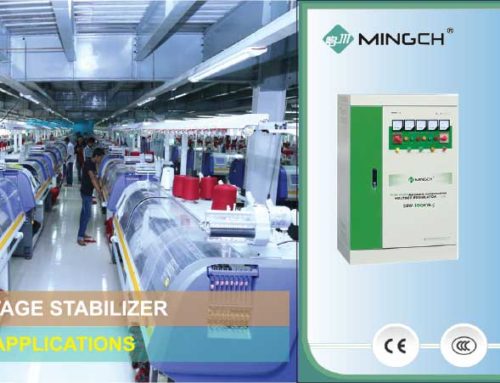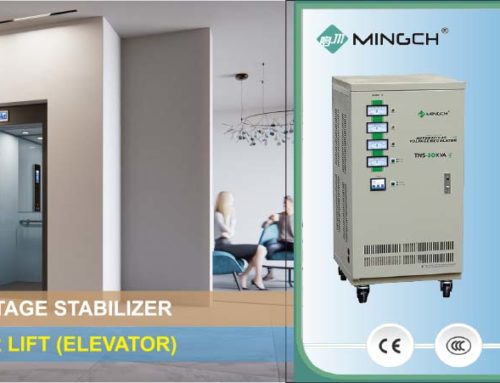Lightning and Surge Protection: (also known as Thunder Protection) is a comprehensive solution that requires a number of electrical devices and mechanical materials. Apart from installing devices and equipment, a proper thunder protection solution needs technical expertise and know how. The solution needs a skilled and experienced technical team to design and install the devices correctly.
Lightning Arrester
Lightning is the visible discharge of static electricity within a cloud, between clouds, or between earth and a cloud. It occurs in all thunderstorms. A lightning flash is composed of a series of strokes with an average of about four. The length and duration of each lightning stroke vary. Lightning Arrester captures the thunder strikes and diverts it to the earth and distribute the charges to the earth.

Different types of Lightning Arresters
Types of Lightning Arrester: there are five types of lightning Arresters.
- Air Termination Lightning Rods
- Meshed Conductors
- Catenary wire
- Early Streamer Emission ESE
- Protection by natural components.
Counter: It is an electronic device directly connected to the arrester and it counts the number if strikes. There are two types of counters- digital and analog.
Tester: Tester is an electronic device to test the grounding quality and and it confirms the arrester’s connectivity with the earth.

Electrodes and grounding materials
Down-conductor:
Down conductor is a stranded copper rod connected between arrester air terminal and grounding pit. It is not any regular copper wire. There are standards for this earthing down conductor. NFPA 780 and UL96A describes the guidelines.
Class I- main conductors:
- Stranded copper conductors should be minimum 57,400 cir. mils at 187 lbs per 1000 ft. Aluminum conductors should be minimum 98,600 cir.mils at 95 lbs per 1000 ft.
- Secondary or bonding conductors should be minimum 26,240 cir. mils for copper and 41,100 cir. mils for aluminum
Class II- main conductors:
- Should be minimum 115,000 cir. mils for copper conductor at 375 lbs per 1000 ft and, 192,000 cir. mils. for aluminum conductors at 190 lbs per 1000 ft.
- Secondary or bonding conductors should be minimum 26,240 cir. mils for copper and 41,100 cir. mils for aluminum.
Grounding materials:
Grounding Electrodes: There are a few types of electrodes available in the market. Among all types- Driven Rod and Electrolytic Electrode are most popular ones. Pure Copper rod, copper coated aluminium rod, copper coated GI rods etc. are commonly considered as driven rod. In this method a long metallic rod is inserted into the earth. Electrolytic Rod is also known as Chemical Electrode. It provides a soil treatment solution to a low impedance ground. Comprised of a 50mm or larger hollow copper rod, the electrode is filled with an electrolytic salt mixture.
Mechanical accessories: To install a grounding pit, a number of nuts, bolts, clamps and other accessories are required.

Mersen Surge Protection Device (SPD)
Surge Protection Device (SPD):
A Surge Protection Device (SPD or spike suppressor, or surge suppressor, or surge diverter) is an electrical device designed to protect electrical appliances and electronic devices from voltage spikes. It is also called Transient Voltage Surge Suppressor (TVSS). There are different types of SPD based on applications and IEC, EN Standards.



Leave A Comment
You must be logged in to post a comment.